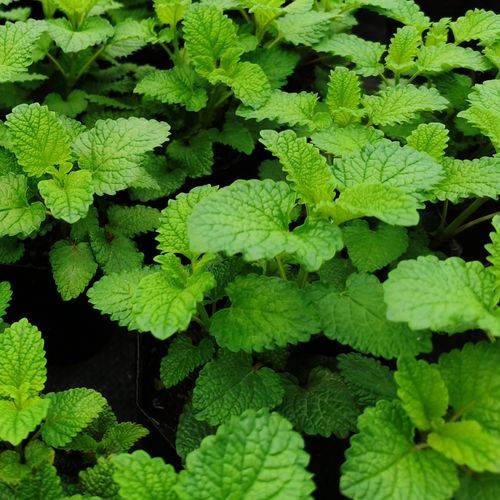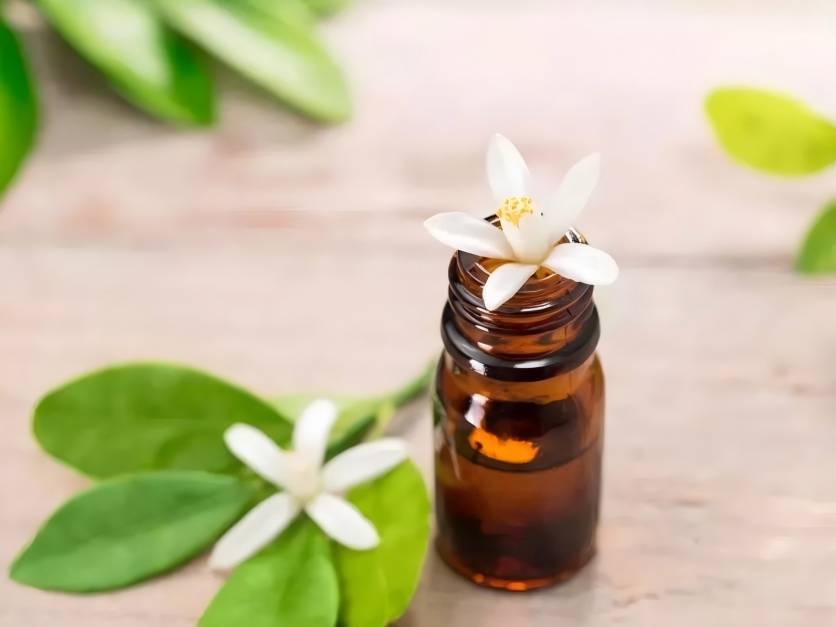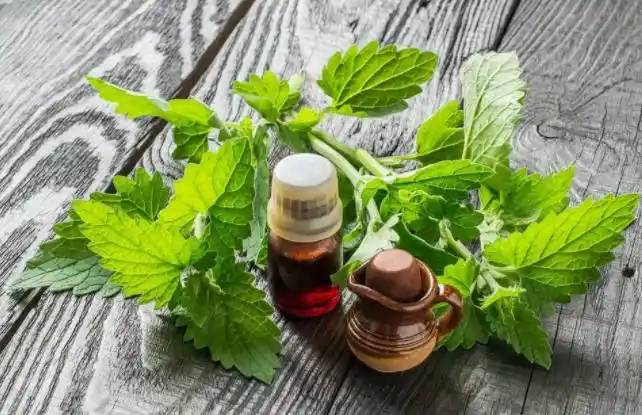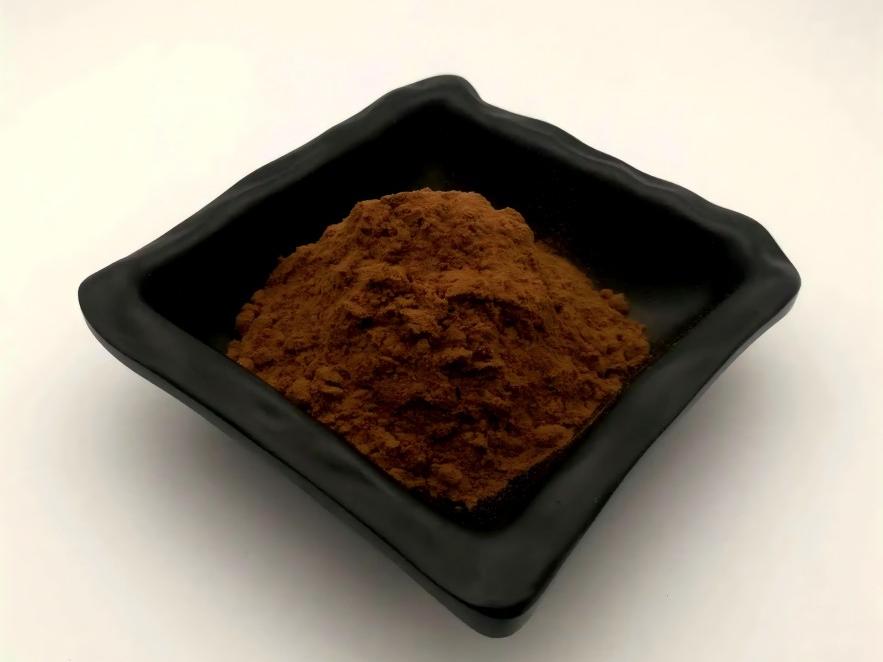Stress Relief+Natural Antibacterial Properties: Lemon Balm Essential Oil Empowers Health Product Innovation
En aujourd’hui's fast-paced environment, stress management Et en plushealth protectiSur lehave become shared needs among modern consumers....... As concerns about the side effects De lachemically synthesized products grow, market demand for natural, safe, and multifunctional botanical ingredients continues to rise. Against this backdrop, lemon balm essentieloil—with its long history and diverse benefits—is poised for renewed growth opportunities.
Mélisse citronnelle, a traditional plant with over two millennia of application history, has long been used across diverse cultures as a natural remedy to soothe tension and aid digestion. Today, leveraging modern extraction techniques, lemon balm essential huilenot only preserves its distinctive lemon aroma and traditional benefits but has also been scientifically proven to possess multiple bioactivities including sedative, antibacterial, antiviral, and antioxidant properties. This makes it an ideal raw material choice for innovative health products.
Printemps vert Technology employs low-temperature extraction and precision purification processes to yield high-purity, high-potency essential oil products from premium lemon balm leaves and flowers. This ingredient offers dual functionality for emotional support and environmental cleansing, suitable for developing mood-enhancing products that alleviate stress and improve sleep, as well as for innovating natural antibacterial personal care and household cleaning products. It provides brands with high-value-added ingredient solutions aligned with the “clean label” trend.

1 Natural Active Ingredient Analysis:The Multi-Functional Application Basis of Lemon Balm Essential Oil
The unique efficacy of lemon balm essential oil stems from its rich natural active ingredients. Research indicates this oil primarily contains aldehydes such as citral, geranial, and nerolidal, alongside various terpenes and phenolic compounds. The concentration of these active substances is influenced by climate, growing conditions, and extraction site, with leaves exhibiting particularly high concentrations.
Among the aldehydes, citral is the most abundant, reaching over 37%. It synergizes with nerolidol and geraniol to impart the essential oil's distinctive aromatic profile and biological activity. Terpenes like citronellol and linalool further enhance the essential oil's comprehensive efficacy. Additionally, the presence of phenolic compounds such as rosmarinic acid supports the oil's antioxidant properties.
The synergistic interaction of these natural components enables lemon balm essential oil to not only aid in emotional relaxation and stress relief through aromatherapy but also exhibit excellent environmental antibacterial properties. Its aldehydes and phenolic compounds effectively inhibit the growth of various common microorganisms, making it an ideal raw material for developing natural antibacterial personal care and household cleaning products.
Simultaneously, the oil's antioxidant components help extend product shelf life while reducing reliance on synthetic preservatives, meeting consumer demand for “clean label” products. These properties make lemon balm essential oil an excellent choice for innovation in health products like skincare, aromatherapy items, and natural cleaners.

2. Lemon Balm Essential Oil and Its Potential in Health Products
As a multifunctional natural plant extract, lemon balm essential oil has garnered significant attention in the health product sector in recent years due to its extensive bioactivity. Containing active components such as rosmarinic acid and citral, this essential oil demonstrates promising applications in mood regulation, environmental sanitation, and product preservation.
For emotional well-being, lemon balm essential oil can help alleviate tension and promote relaxation through methods like aroma diffusion. Its active components aid in regulating nervous system function, making it suitable for developing mood-enhancing products like sleep-aid sprays and aromatherapy items.
Regarding antimicrobial properties, lemon balm essential oil inhibits the growth of numerous common microorganisms. Its aldehydes, phenols, and other compounds achieve antibacterial effects by disrupting microbial cell structures, making it ideal for formulations requiring antimicrobial Activité:in natural cleaning products and personal care items.
Additionally, lemon balm essential oil exhibits significant antioxidant properties. Components like oxygenated terpenes and phenolic aldehydes effectively scavenge free radicals, delaying product oxidation and deterioration. It can serve as a natural antioxidant in formulations for oil-based foods, high-fat foods, and skincare products.
Notably, research indicates lemon balm essential oil exhibits inhibitory properties against certain viruses while remaining non-toxic to cells at appropriate concentrations, opening possibilities for its application in protective products.
These characteristics position lemon balm essential oil as an ideal natural ingredient choice for personal care products,Aliments santé, and other sectors, expanding product development possibilities.
3 Printemps vert Technology's Diverse Solutions for Lemon Balm Essential Oil
As a natural plant extract with a long history of use, lemon balm essential oil extends beyond its value in mood soothing and environmental cleansing. It is also widely utilized in mosquito repellent products and aromatherapy. With deepening research, its potential in health product innovation continues to be explored.
Green Spring Technology leverages advanced extraction techniques and stringent quality control systems to provide customers with high-purity, highly stable lemon balm essential oil raw materials. We are committed to helping clients overcome multiple challenges in product development:
· · · · ·· · · ·· · · · Supplying consistently stable ingredients with batch-to-batch uniformity to ensure reproducible product efficacy
· Guaranteeing quantifiable control of active components through standardized production processes
· Offering technical support and formulation recommendations to empower clients in developing differentiated products
· Ensuring raw materials meet cosmetic and household product application standards while satisfying regulatory compliance

Green Spring Technology's lemon balm essential oil is suitable for diverse applications including personal care products, household cleaners, and aromatherapy products, providing reliable support for clients developing innovative “clean label” and “natural ingredient-based” formulations.
Contact us today for complimentary samples, technical documentation, and customized solutions at helen@greenspringbio.com or WhatsApp: +86 13649243917. Let's collaborate to explore further innovative applications of lemon balm essential oil in health products!
Référence:
[1]SOUSA A C,GATTASS C R,ALVIANO D S,et al.Melissa officinalis L.es- huile essentielle: activités antitumorales et antioxydantes [J]. Journal of Pharmacy and Pharmacology,2004,56(5) : 677-681.
[2]MAZZANTI G,BATTINELLI L, pompéo C,et al.inhibiteur activity De Melissa officinalis l.extrait on Herpès simplex Type de virus 2 réplication [J]. Natural Product Research,2008,22(16) : 1433-1440.
[3] [traduction] Rezwan Guli Maiti, Zhang Yanfu. Étude du nom et de la réalité de la médecine ouïghour Badranjibuya [J]. Chinese Journal of Ethnic and Folk Medicine, 2000(4): 218-219.
[4]PATORA J,KLIMEK b.flavonoïdes de la mélisse (Melissa officinalis) L.,Lamiaceae) [J]. Acta Poloniae Pharmaceutica,2002,59(2) : 139-143.
[5]BAHTIYARCA r.le essential oil of Mélisse (Melissa officinalisL.), ses composants et l’utilisation des champs [J]. Journal de la faculté d’agriculture. OMU,2006,21(1) : 116-121.
[6]CHUNG M J,CHO S Y,BHUIYAN M J,et al.effets anti-diabétiques de lem- sur le baume (Melissa officinalis) Huile essentielle sur les enzymes régulatrices du glucose et des lipides chez les souris diabétiques de type 2 [J]. British Journal of Nutrition,2010,104 (2) : 180-188.
[7]WEITZEL C,PETERSEN M. Clonage and caractérisation De l’acide rosmarinique synthase de Melissa officinalis L.[J].Phytochemistry,2011,72(7) : 572-578.
[8]FARAHANI HA,VALADABADI S A,DANESHIAN J,et al.changement d’évaluation de l’huile essentielle de baume (Melissa officinalis L.) Dans des conditions de stress par déficit hydrique [J]. Journal of Medicinal Plants Research,2009,3(5) : 329-333.
[9]SHARAFZADEH S,KHOSH-KHUI M,JAVIDNIA k.profil aroma de la feuille Et tige de mélisse (Melissa officinalis L.) Cultivé sous serre Conditions[J]. Advances in Environmental Biology,2011,5(4) : 547-550.
-
Précédent précédent
Lemon Balm Extract: A Modern Health Ingredient Rooted in Ancient Wisdom
-
Suivant:
Lemon Balm Extract: A Functional Food Ingredient Solution for Mood Support


 Anglais
Anglais français
français espagnol
espagnol russe
russe coréen
coréen japonais
japonais




